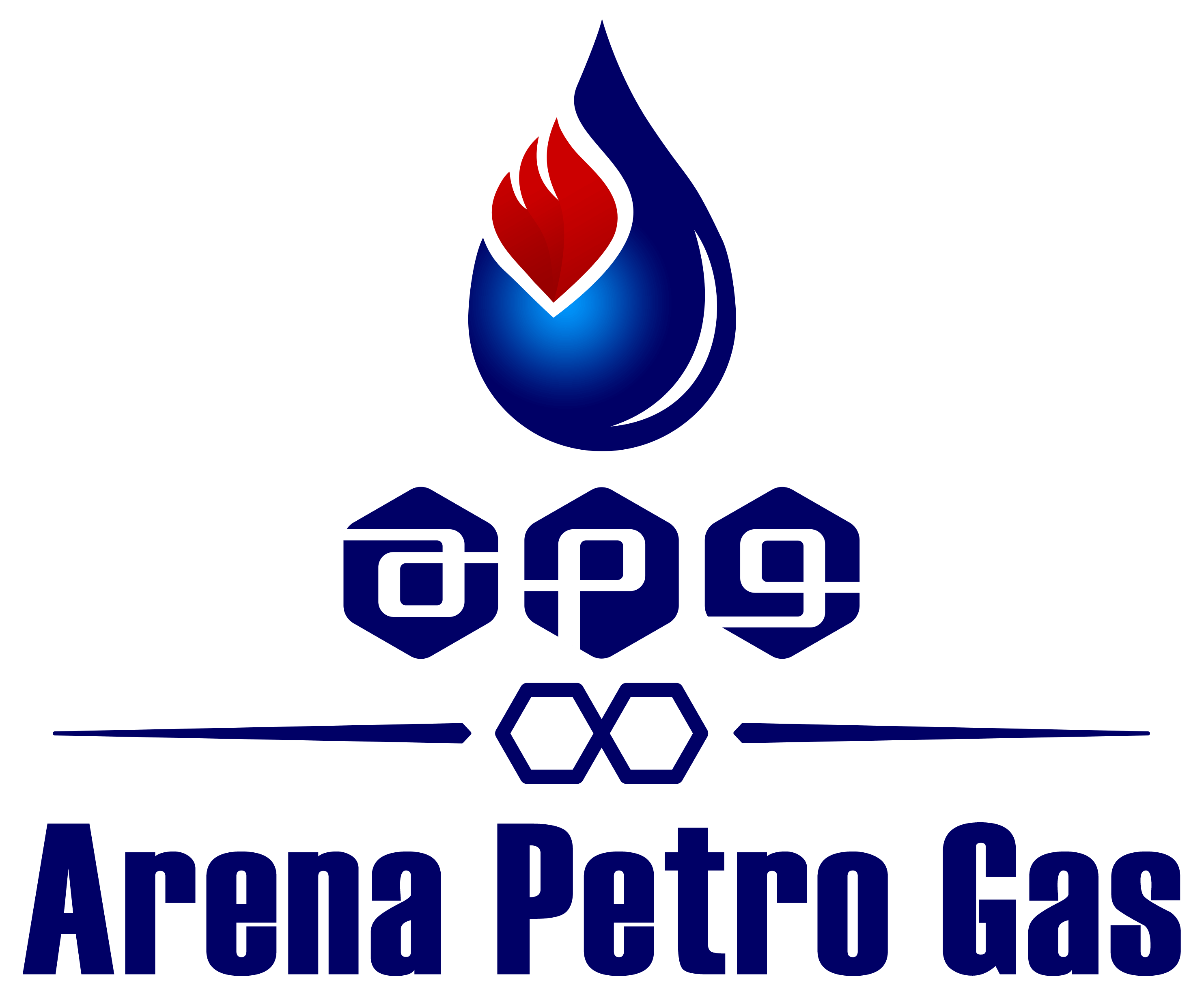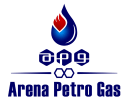Urea, a seemingly simple white crystal, holds immense significance in the global agricultural and industrial landscapes. This essential chemical compound, with the formula CO(NH2)2, is a cornerstone of modern food production and a versatile material with diverse applications. Let’s delve into the world of urea, exploring its various types, its extensive applications, and the future predictions that shape this dynamic market.
Types of Urea
Urea primarily exists in two forms:
- Prilled Urea: This is the most common type, characterized by small, round pellets resembling pearls. Prilling involves spraying molten urea into a prilling tower, where it cools and solidifies into these uniform spheres. Prilled urea offers excellent handling properties for transportation and bulk storage.
- Granular Urea: This form consists of larger, irregular-shaped granules produced by compacting prilled urea under pressure. Granular urea boasts superior moisture resistance and slower release characteristics, making it suitable for controlled-release fertilizers in specific soil conditions.
Applications of Urea
Urea’s versatility extends far beyond its primary role as a fertilizer. Here’s a glimpse into its diverse applications:
- Agriculture: Undoubtedly, urea’s most critical application lies in agriculture. It serves as a nitrogen-rich fertilizer, supplying a vital nutrient for optimal plant growth and crop yield. Nitrogen deficiency is a major constraint in food production, and urea effectively addresses this issue.
- Animal Feed Industry: Urea finds application in ruminant animal feed supplements. It provides a source of non-protein nitrogen, which rumen microbes convert into essential amino acids for protein synthesis in animals.
- Chemical Industry: Urea serves as a raw material in the production of various chemicals like melamine, a crucial component in resins, laminates, and fire retardants. It also plays a role in the synthesis of adhesives, plastics, and dyes.
- Environmental Applications: Urea can be used in certain industrial wastewater treatment processes to remove pollutants like ammonia and heavy metals.
- Automobile Industry: Urea finds application in selective catalytic reduction (SCR) systems in diesel engines, reducing harmful nitrogen oxide emissions.
Advancements in gas purification technologies are influencing how sulfur from natural gas is handled, but it remains a significant factor in the overall urea production process.
Top Urea Producers
The global urea production landscape is dominated by a few key players:
- China: China is the world’s leading producer of urea, leveraging its vast natural gas reserves and well-developed production infrastructure.
- India: India is a major producer and consumer of urea, with a strong domestic industry meeting a significant portion of its agricultural needs.
- Russia: Relying on its abundant natural gas resources, Russia is a prominent urea producer with a significant export market presence.
- Iran: The Iran possesses a well-established urea production industry, catering to both domestic and international demand.
- Egypt: Egypt boasts a significant urea production capacity, strategically located to serve markets in Africa and the Middle East.
These leading producers collectively account for a substantial portion of global urea output, shaping the market dynamics.
Top Urea Importers
The global urea trade is crucial for ensuring food security in regions with limited domestic production capacity. As of 2024, some of the leading urea importers include:
- India
- Brazil
- Bangladesh
- Pakistan
- Vietnam
These countries rely heavily on urea imports to meet their agricultural demands and sustain their food production systems.
Top Urea Exporters
Several countries hold a dominant position in the global urea export market. Here are some of the top exporters in 2024:
- China
- Russia
- Iran
- Egypt
- Saudi Arabia
These nations possess significant urea production capacities, often leveraging their natural gas reserves as a feedstock advantage.
Urea Manufacturers and Suppliers in Iran
Iran boasts a well-established petrochemical industry, and urea production is a significant component. Here are some of the leading Iranian urea manufacturers:
- Shiraz Petrochemical Company
- Khorasan Petrochemical Company
- Kermanshah Petrochemical Company
- Pardis Petrochemical Company
- Arena Petro Gas Company
These companies contribute significantly to Iran’s domestic urea consumption and export capabilities.
Future Predictions and Forecast
The future of the global urea market is expected to be driven by several key factors:
- Growing Population: The ever-increasing global population will necessitate continuous agricultural expansion to meet food demands. This translates to a growing need for nitrogen fertilizers like urea.
- Focus on Crop Yield: As arable land becomes a limited resource, the focus will shift towards maximizing crop yields from existing farmland. Urea, with its efficient nitrogen delivery, will play a critical role in achieving this goal.
- Technological Advancements: New technologies for ammonia synthesis and improved efficiency in urea production processes are expected to emerge, potentially impacting production costs and market dynamics.
- Sustainability Concerns: Environmental considerations are likely to influence future urea production. The development of cleaner production technologies and the adoption of sustainable practices will be crucial.
The overall forecast for the urea market suggests continued growth in the coming years. Factors like increasing demand from developing economies and the limited availability of arable land will propel market expansion. However, the industry will need to address sustainability concerns and adopt environmentally friendly practices to ensure





